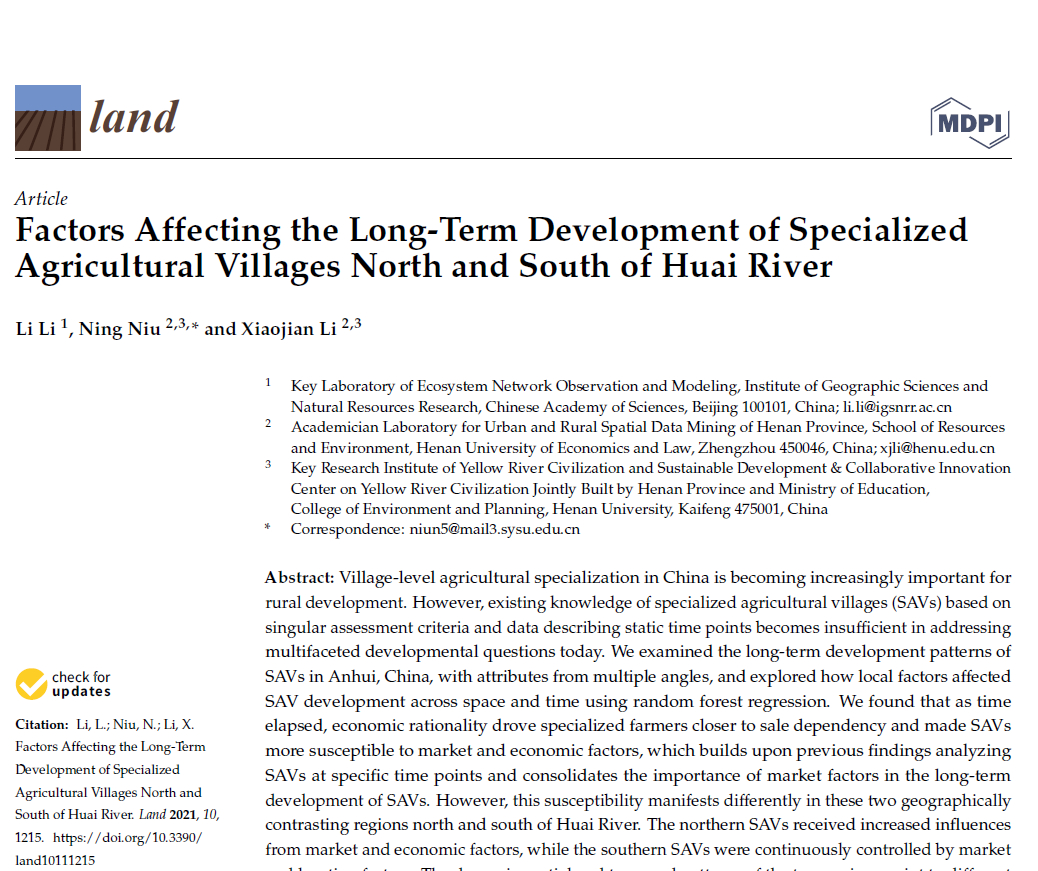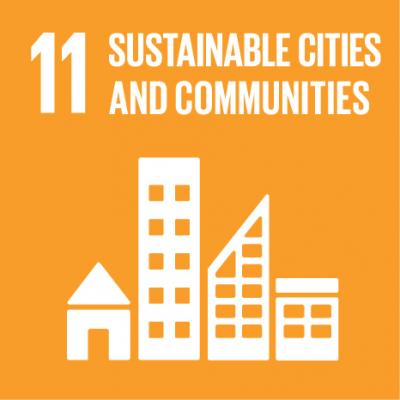Village-level agricultural specialization in China is becoming increasingly important for rural development. However, existing knowledge of specialized agricultural villages (SAVs) based on singular assessment criteria and data describing static time points becomes insufficient in addressing multifaceted developmental questions today. We examined the long-term development patterns of SAVs in Anhui, China, with attributes from multiple angles, and explored how local factors affected SAV development across space and time using random forest regression. We found that as time elapsed, economic rationality drove specialized farmers closer to sale dependency and made SAVs more susceptible to market and economic factors, which builds upon previous findings analyzing SAVs at specific time points and consolidates the importance of market factors in the long-term development of SAVs. However, this susceptibility manifests differently in these two geographically contrasting regions north and south of Huai River. The northern SAVs received increased influences from market and economic factors, while the southern SAVs were continuously controlled by market and location factors. The dynamic spatial and temporal patterns of the two regions point to different dependencies, which emphasized local sales in the north and distant sales in the south. We propose that policies and strategies regarding SAV development accommodate these dynamics and address appropriate influencing factors accordingly.
Corresponding author: Ning Niu, niun5@mail3.sysu.edu.cn




